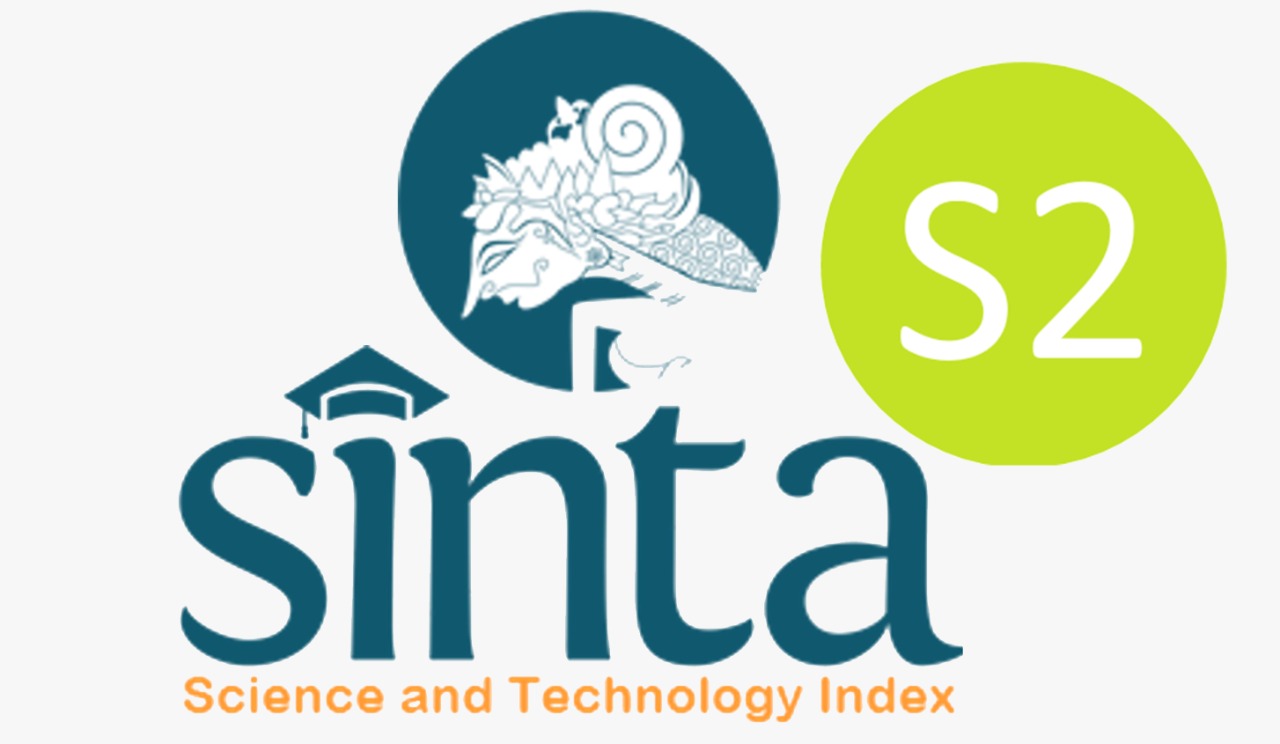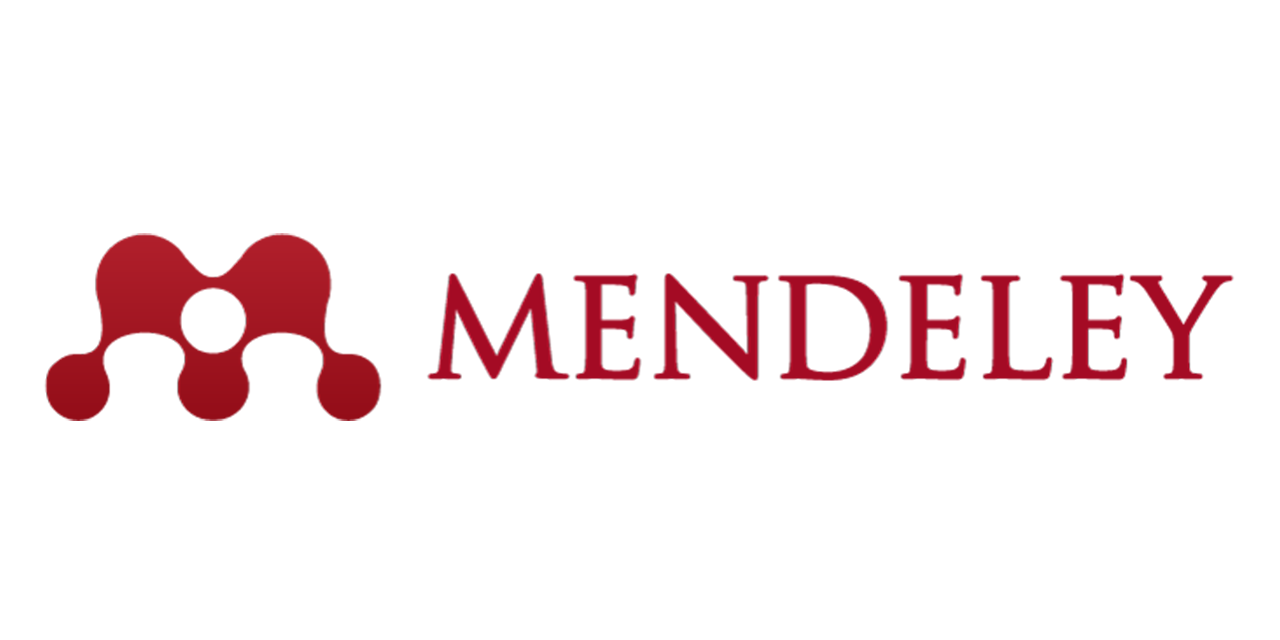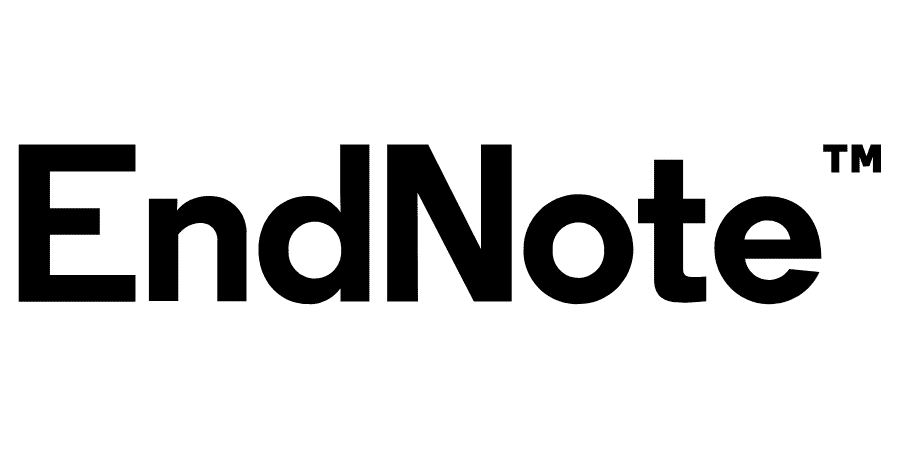EXPLORING GENDER DIFFERENCES IN DETERMINANTS OF BANK ALADIN SHARIA ADOPTION: A MULTI-GROUP ANALYSIS APPROACH
Downloads
Introduction: This study aims to determine what factors lead people in East Java use Bank Aladin Sharia services based on gender differences.
Methods: The PLS-SEM Multi Group Analysis approach is used as an evaluation model in this study's quantitative methodology, which makes use of SmartPLS 3.0. The information was gathered by having respondents living in East Java to fill out an online survey, which was then divided by gender. 417 respondents who met the requirements of being Indonesian citizens, Muslims, and capable cell phone users were used as the sample.
Results: Performance expectations, social influence, and price values”generally have an impact on a customer's decision to adopt digital Islamic banking services. The same outcomes were also seen in the male data group, demonstrating again how customer intents to use Bank Aladin Sharia services were influenced by performance expectations, social influence, and price values. The pricing value variable is the only factor influencing customer intentions in this female data group.
Conclusion and suggestion: The study results show that different factors encourage males and females to use Bank Aladin Sharia services. Researchers suggest that Islamic banks can increase public understanding of sharia digital banking services. This study has limitations on the UTAUT2 variable as an exogenous variable. In future research, it is possible to modify the UTAUT-2 model by including a moderating variable.
Abu Afifa, M. M., Vo Van, H., & Le Hoang Van, T. (2022). Blockchain adoption in accounting by an extended UTAUT model: empirical evidence from an emerging economy. Journal of Financial Reporting and Accounting. https://doi.org/10.1108/jfra-12-2021-0434
Ahmed, S., & Sur, S. (2023). Change in the uses pattern of digital banking services by Indian rural MSMEs during demonetization and Covid-19 pandemic-related restrictions. Vilakshan - XIMB Journal of Management, 20(1), 166–192. https://doi.org/10.1108/xjm-09-2020-0138
Ajzen, I. (1991). The Theory of Planned Behavior Organizational Behavior and Human Decision Processes. Organizational Behavior and Human Decision Processes, 50(2), 179–211.
Alkhowaiter, W. A. (2022). Use and behavioural intention of m-payment in GCC countries: Extending meta-UTAUT with trust and Islamic religiosity. Journal of Innovation and Knowledge, 7(4), 100240. https://doi.org/10.1016/j.jik.2022.100240
Augusty, F. (2014). Metode Penelitian Manajemen. BP Universitas Diponegoro.
Bank Aladin. (2021). Laporan Keberlanjutan 2021: Berkomitmen untuk Masa Depan yang Lebih Baik.
Bin-Nashwan, S. A. (2022). Toward diffusion of e-Zakat initiatives amid the COVID-19 crisis and beyond. Foresight, 24(2), 141–158. https://doi.org/10.1108/FS-08-2020-0082
BPS Provinsi Jawa Timur. (2022). Perempuan dan Laki-Laki Provinsi Jawa Timur 2021.
Chakraborty, U. (2019). Payments bank in India: Acceptance and use. International Journal of Economic Policy in Emerging Economies, 12(6), 556–577. https://doi.org/10.1504/IJEPEE.2019.105204
Chauhan, S., Akhtar, A., & Gupta, A. (2022). Customer experience in digital banking: a review and future research directions. International Journal of Quality and Service Sciences, 14(2), 311–348. https://doi.org/10.1108/IJQSS-02-2021-0027
Creswell, J. (2014). Research Design: Qualitative, Quantitative and Mixed Methods Approaches (4th ed.). Thousand Oaks, CA: Sage.
Darmansyah, Fianto, B. A., Hendratmi, A., & Aziz, P. F. (2020). Factors determining behavioral intentions to use Islamic financial technology: Three competing models. Journal of Islamic Marketing, 12(4), 794–812. https://doi.org/10.1108/JIMA-12-2019-0252
Dinar Standard. (2021). Global Islamic Fintech Report. Global Islamic Fintech Report, 56. https://cdn.salaamgateway.com/special-coverage/islamic-fintech-2021/Global-Islamic-Fintech-Report-2021-Executive-Summary.pdf
Farooq, M. S., Salam, M., Jaafar, N., Fayolle, A., Ayupp, K., Radovic-Markovic, M., & Sajid, A. (2017). Acceptance and use of lecture capture system (LCS) in executive business studies: Extending UTAUT2. Interactive Technology and Smart Education, 14(4), 329–348. https://doi.org/10.1108/ITSE-06-2016-0015
Faza, F. T., Timur, Y. P., Mutmainah, L., & Rusgianto, S. (2022). You've Over the Line! Muslim Consumers are Resistant to Opposite Brand Values. Shirkah: Journal of Economics and Business, 7(3), 219–238. https://doi.org/10.22515/shirkah.v7i3.529
Google, Temasek, & Bain & Company. (2022). Indonesia E-conomy SEA 2022 Report, Through the waves, towards a sea of opportunity. Google, 1–16.
Gunasinghe, A., Hamid, J. A., Khatibi, A., & Azam, S. M. F. (2020). The adequacy of UTAUT-3 in interpreting academician's adoption to e-Learning in higher education environments. Interactive Technology and Smart Education, 17(1), 86–106. https://doi.org/10.1108/ITSE-05-2019-0020
Hair, J. F., Ringle, C. M., & Sarstedt, M. (2013). Editorial Partial Least Squares Structural Equation Modeling : Rigorous Applications , Better Results and Higher Acceptance. Long Range Planning, 46, 1–12. https://doi.org/10.1016/j.lrp.2013.01.001
Hootsuite. (2022). Top Digital Takeaway 2022. In Hootsuite.
KOMINFO. (2021). Status Literasi Digital di Indonesia Ringkasan Eksekutif. 1–73. https://katadata.co.id/StatusLiterasiDigital
Kwateng, O. K., Osei Atiemo, K. A., & Appiah, C. (2019). Acceptance and use of mobile banking: an application of UTAUT2. Journal of Enterprise Information Management, 32(1), 118–151. https://doi.org/10.1108/JEIM-03-2018-0055
Levy, S. (2022). Brand bank attachment to loyalty in digital banking services: mediated by psychological engagement with service platforms and moderated by platform types. International Journal of Bank Marketing, 40(4), 679–700. https://doi.org/10.1108/IJBM-08-2021-0383
Liu, D., Maimaitijiang, R., Gu, J., Zhong, S., Zhou, M., Wu, Z., Luo, A., Lu, C., & Hao, Y. (2019). Using the Unified Theory of Acceptance and Use of Technology (UTAUT) to investigate the intention to use physical activity apps among university students in Guangzhou, China: Cross-sectional survey. JMIR MHealth and UHealth, 7(9), 1–9. https://doi.org/10.2196/13127
Mbama, C. I., & Ezepue, P. O. (2018). Digital banking, customer experience and bank financial performance: UK customers' perceptions. International Journal of Bank Marketing, 36(2), 230–255. https://doi.org/10.1108/IJBM-11-2016-0181
Nguyen, O. T. (2020). Factors affecting the intention to use digital banking in Vietnam. Journal of Asian Finance, Economics and Business, 7(3), 303–310. https://doi.org/10.13106/jafeb.2020.vol7.no3.303
Otoritas Jasa Keuangan. (2020). Cetak Biru Transformasi Digital Perbankan. Ojk, 13(April), 1–54.
Pham, L. T., & Dau, T. K. T. (2022). Online learning readiness and online learning system success in Vietnamese higher education. International Journal of Information and Learning Technology, 39(2), 147–165. https://doi.org/10.1108/IJILT-03-2021-0044
Qiu, R. T. R., Masiero, L., & Li, G. (2018). The psychological process of travel destination choice. Journal of Travel and Tourism Marketing, 35(6), 691–705. https://doi.org/10.1080/10548408.2018.1435332
Shin, D. H. (2010). The effects of trust, security and privacy in social networking: A security-based approach to understand the pattern of adoption. Interacting with Computers, 22(5), 428–438. https://doi.org/10.1016/j.intcom.2010.05.001
Timur, Y. P. (2022). Apakah Digital Cause-Related Marketing Berpengaruh Terhadap Niat Beli Konsumen Muslim Pada Produk UMKM Makanan Halal ? Prosiding National Seminar on Accounting, Finance, and Economics (NSAFE), 2(2), 1–16.
Timur, Y. P., Ratnasari, R. T., & Author, N. (2022). Celebrity Endorsers vs Expert Endorsers: Who Can Affect Consumer Purchase Intention for Halal Product? JEBIS: Jurnal Ekonomi Dan Bisnis Islam, 8(2), 220–236. https://doi.org/10.20473/jebis.v8i2.37529
Venkatesh, V., Thong, J. Y., & Xu, X. (2012). Consumer Acceptance and Use of Information Technology: Etending the Unified of Acceptance and Use of Technology. Forthcoming in MIS Quarterly, 36(1), 157–178.
World Bank. (2022). Digital Financial Services. In Global Fintech (Issue April). https://doi.org/10.7551/mitpress/13673.003.0008
Copyright (c) 2023 Bintang Aulia Lutfi, Prasetyo, Yan Putra Timur, Muhammad Rifqi

This work is licensed under a Creative Commons Attribution-ShareAlike 4.0 International License.
Authors who publish with Jurnal Ekonomi dan Bisnis Airlangga agree to the following terms:The journal allows the author to hold the copyright of the article without restrictions.
The journal allows the author(s) to retain publishing rights without restrictions
The legal formal aspect of journal publication accessibility refers to Creative Commons Attribution Share-Alike (CC BY-SA).
Jurnal Ekonomi dan Bisnis Airlangga (JEBA) is licensed under a Creative Commons Attribution-ShareAlike 4.0 International License

















